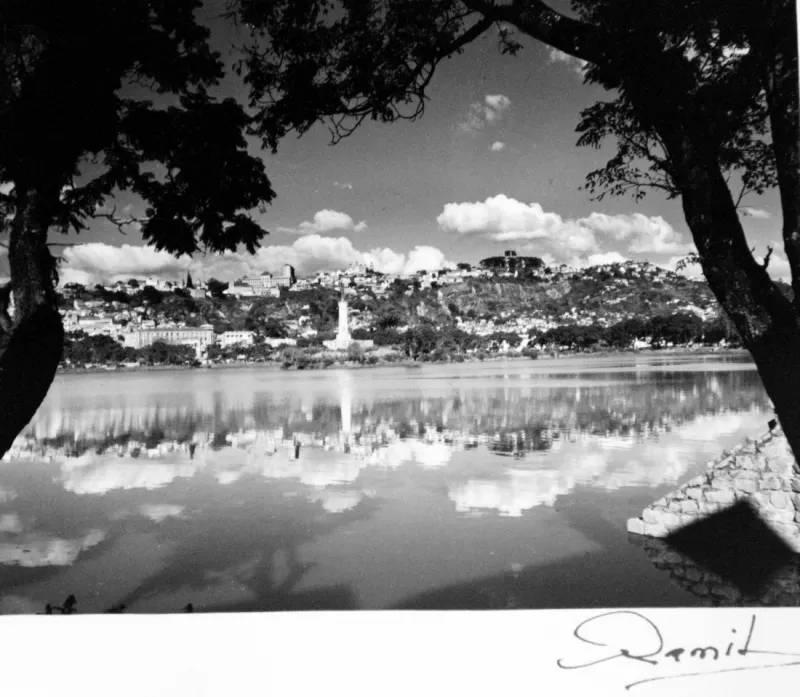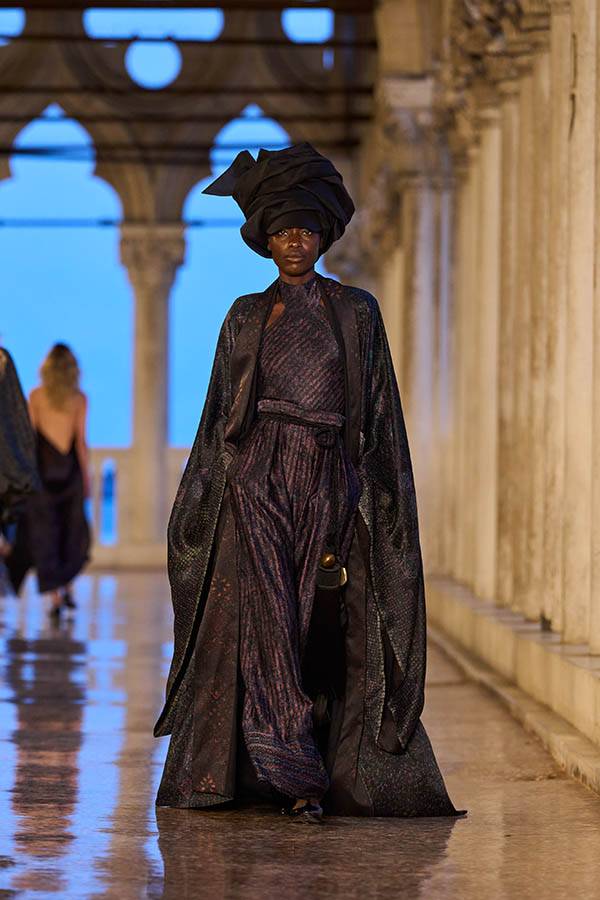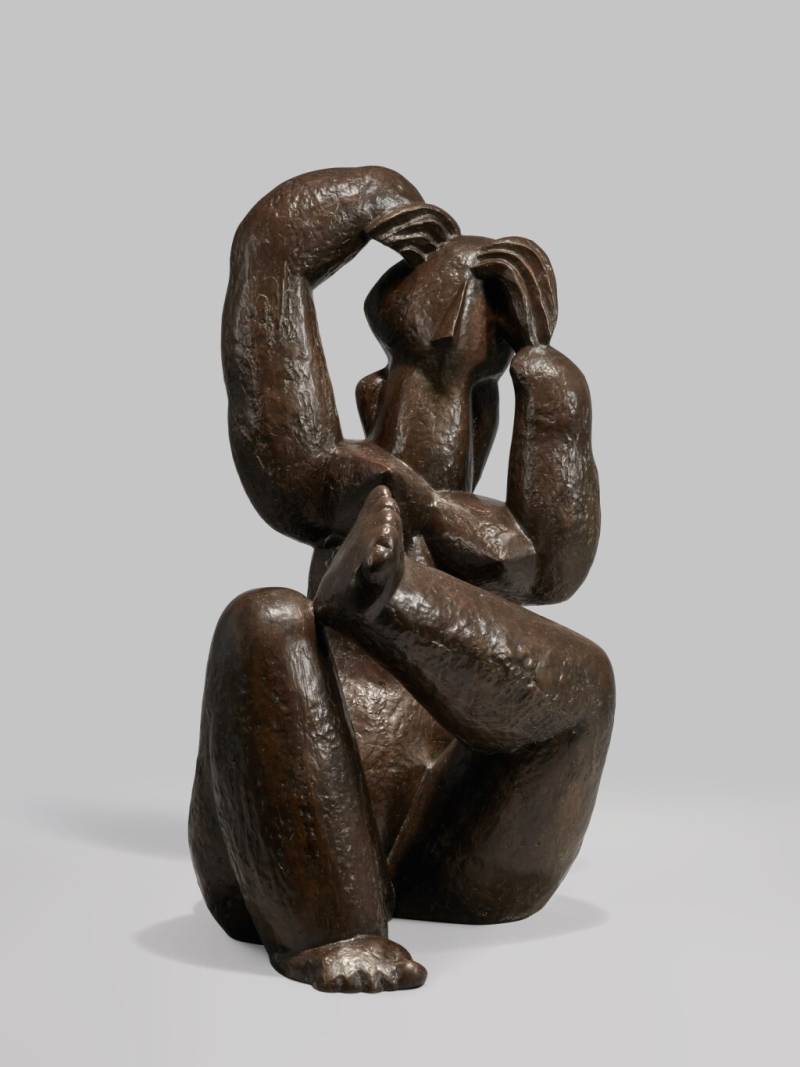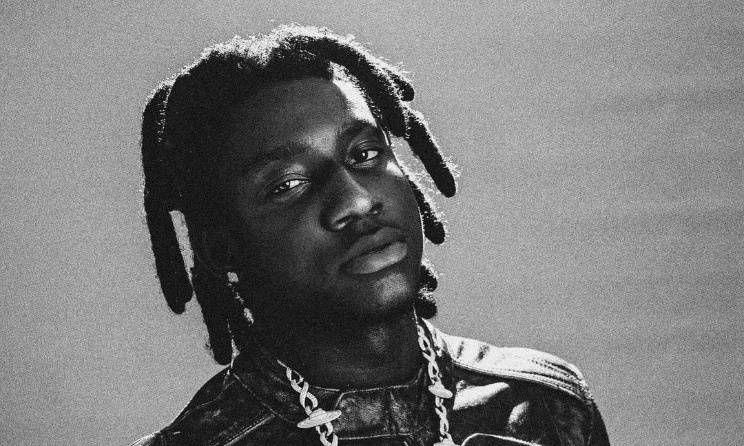The beautiful stillness of the mountains, the dense foliage of the rainforest, the poetic hillsides, the palm trees blowing in the wind, the faces filled with old stories, all captured in such a way. stunning in black and white photography by Ramily, the father of contemporary black and white photography. `in Madagascar.
Read Also: VISA Announces Funding To Help African Women Fund Managers Grow Their Businesses
In Ramily's photographs of Madagascar, known as the Great Red Island in terms of the land's colors, one can feel the expanse of the ocean, tall grass swaying with a couple of hers. Single goes between, the presence of Lac Anosy, the lake in the center of the capital Antananarivo.
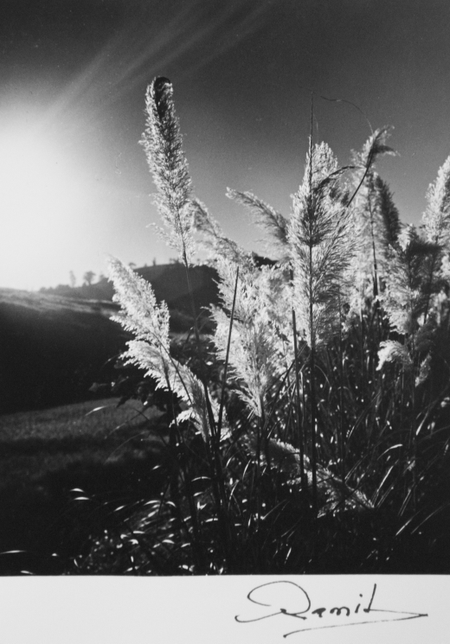
Born Emile Rakotondrazaka in 1939 but affectionately called Ramily or Dadamily, Ramily made portraits of landscapes and the people of his country. In these photographs he captured in time and memory the essence of Madagascar in an era between colonization and independence, using light and shadow to tell a story and convey emotions and movement.
Ramily’s photographs reveal a Madagascar shifting, with his work beginning when the country was still under French colonization and ending well after it had become a republic. Ramily , who died in 2017, was at the height of his powers and popularity from the 1970s to the 1990s.

It is this legacy that was recently celebrated at Hakanto Contemporary Gallery in Tanjombato, Antananarivo in a three month exhibit of his photos, journals, and tools.
Ramily’s early Exposure to Photography
Ramily began his photography journey as a young child when he joined the older son of his adoptive family to travel throughout rural villages taking identification (ID) photographs for people. Son of Rakotozafy and the eldest of 10 children from a humble background, Ramily was raised by a pastor known as Rasolonjatovo from the age of 10.
On these trips, the two used the night sky as a dark room and the car battery as a power source to develop the photos. At 17, Ramily then began work as an assistant photo lab technician at PHOTO FLEX, a photography studio in Analakely, Antananarivo’s bustling market. While working there for French photographer Mesli d’Arloze, he mastered his craft and technical skill in mixing the chemicals for developing photos. By 1968, he opened his own lab in the neighborhood of Ankadifotsy in Antananarivo. Two years later, he opened his own studio in Itaosy, making him the first Malagasy photographer to own both their own studio and lab.
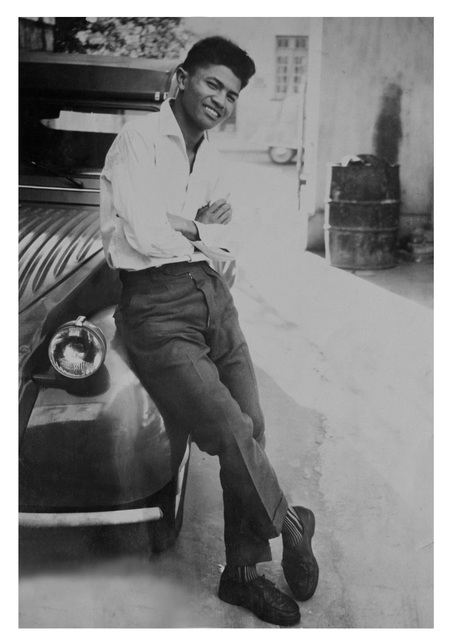
Influencing the younger generation of photographers in Madagascar
Sharing his knowledge and expertise and passing on this passion for photo-making to the younger generations was very important to Ramily. Workshops and conferences where he shared his craft were common. In the decades he was most prolific, Ramily made photos in collaboration with local cultural centers, national business initiatives, governmental projects, and art festivals. Traveling all over the country to take photographs, these are the pieces for which he is known.
The greats of Malagasy photography that came after him including Stephen Jacob, Dany Be, Pierrot Men, Daddy Marotiana, Philippe Gaubert, Sylvain Ralaivaohita—were all inspired by him.
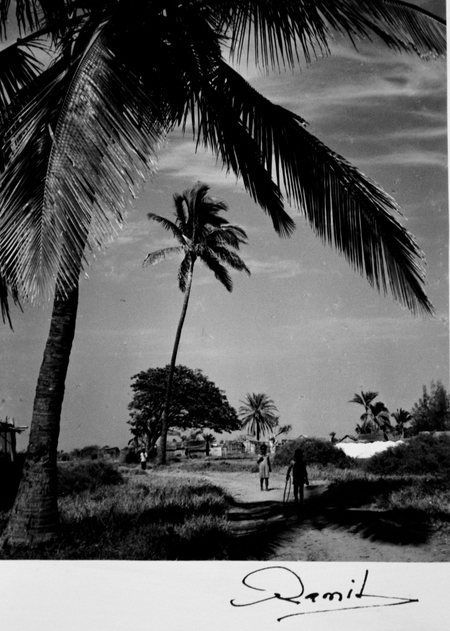
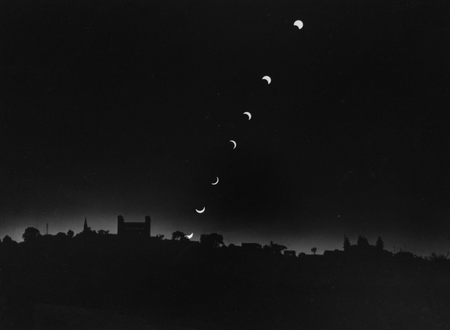
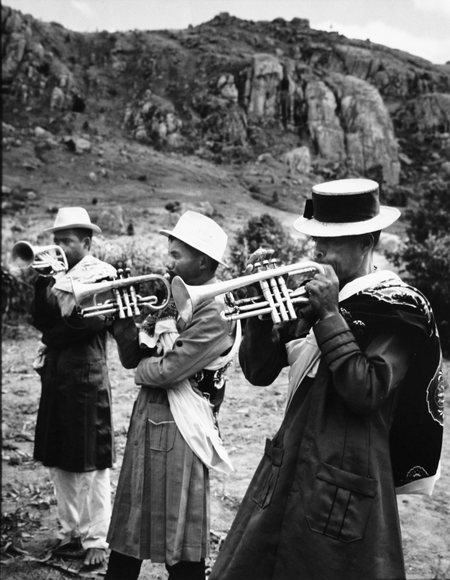
So influential has Ramily been on Malagasy photography that there is a ‘before-Ramily’ and ‘after-Ramily’ in photography history here in Madagascar.
The subjects of Ramily’s photographs were intimate portraits of his family and himself; portraits of the people he encountered on his journeys throughout the country; and the vast landscapes of Madagascar.
Both artist and technician, he saw and captured the sights that moved him with his beloved Rolleiflex camera, and then proficiently measured and mixed the chemicals to develop the photos, perfecting his formulas and keeping meticulous notes in his notebooks. His commitment was to this traditional manual style of photo-making, yet he also kept up to date with the modernization of photography tools including digital, but he never gave up his basic fundamental tools. He insisted on the superior quality produced by mixing and developing one’s own chemical formulas rather than using pre-made ones.
Ramily was known as a poet photographer, he traveled with musicians, visual artists, and a national theater group as they toured the country performing and took photos of it all. He was a friend of artists and an artist himself.
Madagascar in a time piece
Ramily carried an essence of the spirit of Antananarivo in his demeanor, his manner, his face. He sought to take and make photos of the land that he loved, land that claimed him. And his photographs conveyed Madagascar’s stillness and movement, beauty and history. It’s fascinating how many of the places he photographed still feel and look the same today as they did in his photographs from the 1970s while others have shifted dramatically.
The father of contemporary black and white photography has given Madagascar and the rest of the world a great treasure in these works of art: a time capsule of this unique country and its cultures in important decades in its history. Thousands of words conveyed in a single photograph.
